Just How Bad Are Car Sales Going to Get?

As the industry stresses about the new vehicle market taking it easy for the foreseeable future, there’s one aspect of it that’s of particular concern: car sales. After dominating the field for so long, passenger car sales fell below half of the market just a few years ago. That gap continued to widen through 2018.
Automakers responded by shifting output towards utility vehicles and crossovers. Ford ultimately decided to abandon the majority of its passenger cars in the United States as other manufacturers scramble to adjust their lineup to account for consumer tastes. However, these changes are also helping to push shoppers further away from cars. Bank of America Merrill Lynch estimates that 71 percent of vehicle introductions for the 2019 through 2022 model years will be light trucks.
Some automakers still believe cars hold an importance that’s not to be ignored. True, some models still sell incredibly well. But the general assumption is that they’ll continue losing relevance in the coming years. It’s likely to take another energy crisis or major shift in consumer preference to turn back the tide of crossover vehicles.
According to Automotive News, manufacturers are on pace to sell about 5.3 million cars this year, which would be the fewest since 1958. “With so many consumers taking advantage of low fuel costs to test out larger SUVs and trucks — which benefit from significantly better fuel economy than their predecessors — it will be harder and harder to convince anyone who has made a recent truck or SUV purchase that reverting back to a car would make any sense,” explained Ivan Drury, Edmunds senior manager of industry analysis.
Trade-in data from Edmunds shows shoppers are opting to replace cars with another car less and less every year. Just 53 percent of consumers replaced one car with another in the first five months of this year, while roughy 68 percent did so in 2014.
“There’s definitely further growth ahead,” said Jeff Schuster, president of LMC Automotive. He estimates SUVs, crossovers, and pickups will account for 75 to 80 percent of U.S. light-vehicle sales by 2025.
If that sounds hard to believe, trucks and crossovers have already outsell cars by a ratio of more than 2-to-1 in 2018. There’s no reason to think the trend won’t continue for the foreseeable future. “Exactly where the floor is, we’re still sorting it out,” said Stephanie Brinley, senior analyst with IHS Markit.
[Image: Honda]

A staunch consumer advocate tracking industry trends and regulation. Before joining TTAC, Matt spent a decade working for marketing and research firms based in NYC. Clients included several of the world’s largest automakers, global tire brands, and aftermarket part suppliers. Dissatisfied with the corporate world and resentful of having to wear suits everyday, he pivoted to writing about cars. Since then, that man has become an ardent supporter of the right-to-repair movement, been interviewed on the auto industry by national radio broadcasts, driven more rental cars than anyone ever should, participated in amateur rallying events, and received the requisite minimum training as sanctioned by the SCCA. Handy with a wrench, Matt grew up surrounded by Detroit auto workers and managed to get a pizza delivery job before he was legally eligible. He later found himself driving box trucks through Manhattan, guaranteeing future sympathy for actual truckers. He continues to conduct research pertaining to the automotive sector as an independent contractor and has since moved back to his native Michigan, closer to where the cars are born. A contrarian, Matt claims to prefer understeer — stating that front and all-wheel drive vehicles cater best to his driving style.
More by Matt Posky
Latest Car Reviews
Read moreLatest Product Reviews
Read moreRecent Comments
- ToolGuy Good for them, good for me.
- Tassos While I have been a very satisfied Accord Coupe and CIvic Hatch (both 5-speed) owner for decades (1994-2017 and 1991-2016 respectively), Honda has made a ton of errors later.Its EVs are GM clones. That alone is sufficient for them to sink like a stone. They will bleed billions, and will take them from the billions they make of the Civic, Accord, CRV and Pilot.Its other EVs will be overpriced as most Hondas, and few will buy them. I'd put my money on TOyota and his Hybrid and Plug-in strategy, until breaktrhus significantly improve EVs price and ease of use, so that anybody can have an EV as one's sole car.
- ToolGuy Good for Honda, good for Canada.Bad for Ohio, how could my President let this happen? lol
- Tassos A terrible bargain, as are all of Tim's finds, unless they can be had at 1/2 or 1/5th the asking price.For this fugly pig, I would not buy it at any price. My time is too valuable to flip ugly Mitsus.FOr those who know these models, is that silly spoiler in the trunk really functional? And is its size the best for optimizing performance? Really? Why do we never see a GTI or other "hot hatches' and poor man's M3s similarly fitted? Is the EVO trying to pose as a short and fat 70s ROadrunner?Beep beep!
- Carson D Even Tesla can't make money on EVs anymore. There are far too many being produced, and nowhere near enough people who will settle for one voluntarily. Command economies produce these results. Anyone who thinks that they're smarter than a free market at allocating resources has already revealed that they are not.

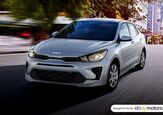
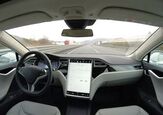

















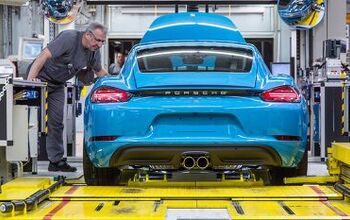
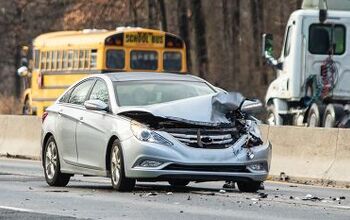
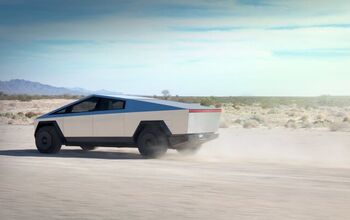


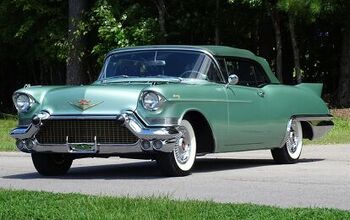
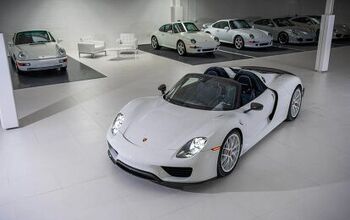


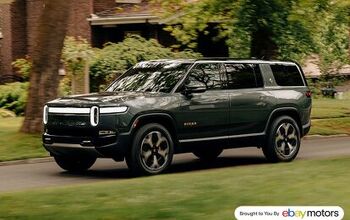

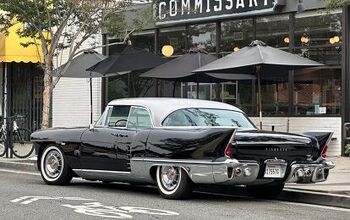
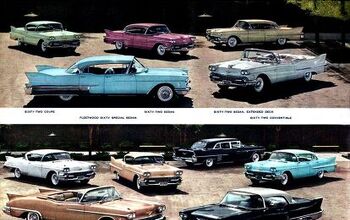
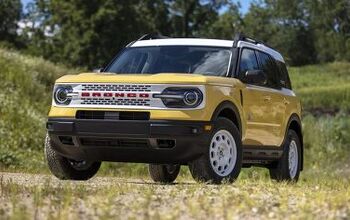
Comments
Join the conversation
Look at that Accord. I parked next to one yesterday and it's rear roofline was as fast as my VW CC's, with the attendant tiny trunk opening and challenging rear seat access. How practical is that for a family vehicle?
No cars? As long as I can buy motorcycles and pickups, I'm not loosing sleep.